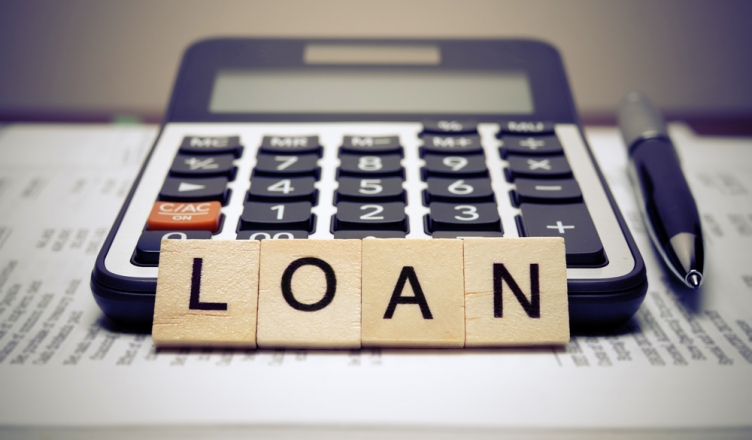A business loan is a broad term that can be divided and subdivided into several classifications. When divided based on the repayment schedule, all business loans can be classified as either short-term loans or long-term loans. Have you ever wondered how long are business loans anyway? The answer varies quite a bit, depending on the type of long-term business loan we are discussing. Let’s take quick a look at some of them next.
SBA Loans
The Small Business Administration (SBA) is the United States Department of Administration for providing financial aid and administrative support to small business establishments in the country. Both 7(a) and 504 Loans provided by the SBA are long-term loans, but the terms for SBA Microloans are decided by third-party lenders. The 7(a) loans have a maximum spread of 7 years, but 504 Loans can be stretched for 10-years, 20-years, or 25-years.
Equipment Financing
Consider equipment financing to be quite similar to a traditional, long-term business loan, with only the following two exceptions.
- The loan must be spent on buying the business equipment listed while applying for the loan.
- No additional collaterals are needed, as the equipment listed is/are the collateral(s).
They can be stretched out for 5 – 10 years in most instances, but the time period varies depending on the equipment’s specifics, depreciating asset value, and initial price.
Multi-Year Term Loans
These would be the mid-to-long term business loans that must be paid back over a minimum period of 2-years, and a maximum period of 5-years. They are also the most popular type of long-term loan among small businesses.
Asset Loan
An asset loan is a classic business loan where one or more business assets are used as collateral to secure immediate funds. On failing to pay back the loan plus interest in due time, the listed asset(s) would then be seized by the lender. For securing a business asset loan, valuables such as inventory items, business equipment, marketable securities, accounts receivable, intellectual property, etc. can be used. The loan repayment schedule will depend on the loan amount, and the asset(s) being used as collateral, but they should allow a spread of at least 1 – 5 years.
Business Line of Credit
It is true that a line of credit is generally meant to fund a short-term need such as cash shortfalls, payment gaps, financial emergencies, etc. However, the repayment schedule is not like those of short-term loans, which are expected to be paid back within 1 – 3 months at most, and 6-months under special circumstances. However, companies should not stretch their repayment schedule for more than a year’s time. It helps in avoiding exorbitant interest rates.
Note that although a line of credit is similar to a business credit card, they are not the same. Unlike how it is with credit cards, the pre allotted amount is always available as cash, which can be quite helpful in always maintaining a steady operative cash flow. Like credit cards, interest is charged only when the business uses their line of credit, and not on the total line of credit allotted.

